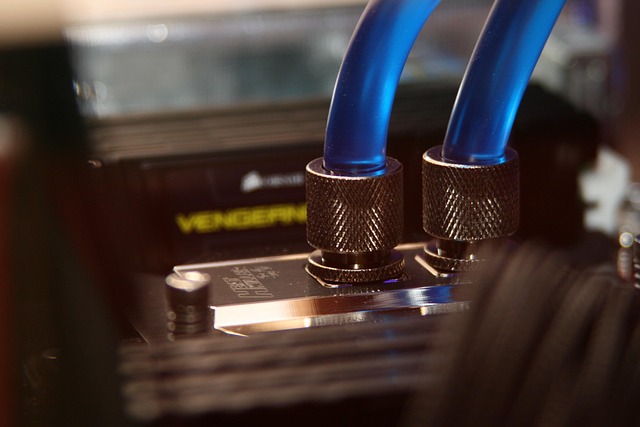JDM (Japanese Domestic Market) vehicle cold air intakes are essential components for drift car tuning, enhancing engine performance by drawing in cold, dense air. These custom intake systems, made from lightweight materials like aluminum, offer improved throttle response and horsepower while providing a distinctive aesthetic. They integrate seamlessly into vehicles, enabling drift cars to achieve higher RPMs with better control during drifts, making them a popular choice among enthusiasts seeking an edge in competitive events.
“Unleash the power within your drift car with an exploration of JDM (Japanese Domestic Market) vehicle cold air intake designs. This article delves into the heart of tuner culture and its influence on high-performance vehicles. We’ll dissect the key components and design principles that make JDM intakes so effective, uncovering how they enhance drifting dynamics. From understanding the fundamentals to revealing their performance benefits, this guide offers insights for enthusiasts seeking to optimize their drift car’s intake system.”
- Understanding JDM Vehicle Cold Air Intakes: A Glimpse into Tuner Culture
- Key Components and Design Principles of Drift Car Intake Systems
- Enhancing Performance: The Role of JDM Intakes in Drifting Dynamics
Understanding JDM Vehicle Cold Air Intakes: A Glimpse into Tuner Culture

In the world of tuning, JDM (Japanese Domestic Market) vehicle cold air intakes have long been a staple among enthusiasts. These intakes are designed to enhance engine performance by drawing in colder, denser air from outside the vehicle, which can significantly boost power and torque. The tuner culture surrounding JDM car intake designs is rooted in a deep desire to optimize engine efficiency and create a unique, high-performance driving experience.
This cultural phenomenon has led to a rich variety of cold air intake systems that not only improve engine output but also serve as distinctive styling elements. Tuners often modify these intakes to fit specific vehicle models, ensuring they seamlessly integrate with the car’s design while emphasizing its performance capabilities. The popularity of JDM vehicle cold air intakes underscores the deep-seated connection between automotive tuning and the quest for both style and substance on the roads.
Key Components and Design Principles of Drift Car Intake Systems

Drift car intake systems, often synonymous with JDM (Japanese Domestic Market) vehicle cold air intakes, are meticulously designed to enhance engine performance and provide a unique aesthetic appeal. Key components typically include a filter box, a high-flow air filter, and a pipe or duct that routes cold, dense air from outside the vehicle into the engine bay. The design principles focus on maximizing airflow efficiency while maintaining protection against debris.
Tuner often prioritize direct air intake (DAI) systems for their ability to improve throttle response and horsepower output. Design considerations may involve using lightweight materials like aluminum to reduce restrictions, optimizing the path of the incoming air for minimal turbulence, and integrating temperature sensors to ensure the optimal air-fuel mixture. Additionally, many drift car intake systems boast a sleek, aggressive look, complementing the vehicle’s overall style and performance capabilities.
Enhancing Performance: The Role of JDM Intakes in Drifting Dynamics

Drifting, a thrilling and precise driving art, demands vehicles with exceptional performance characteristics. One crucial component in achieving this is the car’s intake system, particularly when it comes to JDM (Japanese Domestic Market) vehicle cold air intakes designed for tuners. These specialized intakes play a pivotal role in enhancing engine power and response, which are essential skills for navigating the twists and turns of a drifting course.
JDM tuner intakes introduce cold, dense air into the engine, optimizing combustion and increasing horsepower. This simple yet effective modification allows drift cars to reach higher RPMs with improved fuel efficiency, enabling drivers to execute precise drifts with greater control. The precision engineering of these intakes ensures they seamlessly integrate into a car’s existing drivetrain, making them a popular choice among enthusiasts seeking that extra edge in competitive drifting events.
JDM (Japanese Domestic Market) vehicle cold air intakes have become integral to tuner culture, offering both aesthetic appeal and performance enhancements. By understanding the key components and design principles of drift car intake systems, enthusiasts can unlock the full potential of their vehicles. These intakes, with their focus on directing cold, dense air into the engine, play a significant role in improving drifting dynamics, enabling drivers to navigate turns with precision and power. Incorporating JDM intakes into drift car setups is a testament to the fusion of art and engineering within the tuner community.














